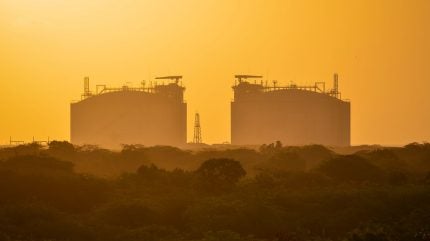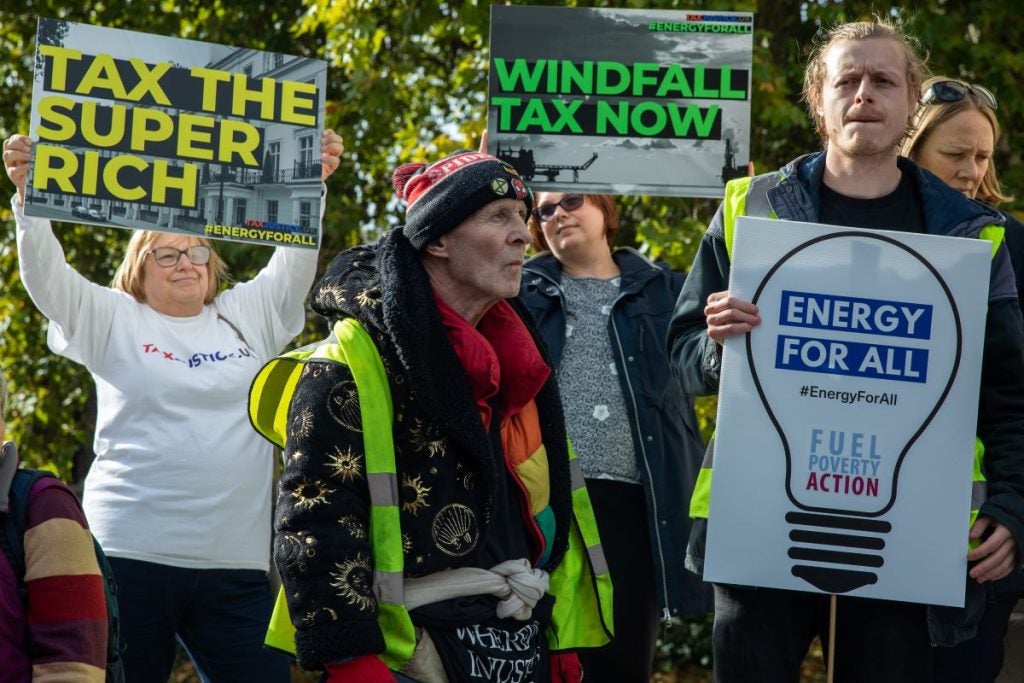
State-owned Oil and Natural Gas Corporation (ONGC) and the Indian Oil Corporation Limited (IOCL) have signed a deal to establish a small-scale LNG plant near the Hatta gas field, “significantly reducing carbon emissions and aligning with India’s climate change mitigation goals”.
The memorandum of understanding agreement was signed on 17 June.
Speaking in a published statement, ONGC, which is currently exploring for hydrocarbons across India, said the discovery at Hatta “represents the culmination of five decades of sustained exploration efforts”.
The company has has already submitted a field development plan to the Directorate General of Hydrocarbons, “to monetise its assets in the Hatta area”, it added.
India has sedimentary basins spanning 3.4 million square kilometres, categorised into three groups.
Sites under Category I are already involved in the extraction of hydrocarbons, while those under Category II possess resources but have not yet commenced commercial production.
How well do you really know your competitors?
Access the most comprehensive Company Profiles on the market, powered by GlobalData. Save hours of research. Gain competitive edge.

Thank you!
Your download email will arrive shortly
Not ready to buy yet? Download a free sample
We are confident about the unique quality of our Company Profiles. However, we want you to make the most beneficial decision for your business, so we offer a free sample that you can download by submitting the below form
By GlobalDataCategory III comprises sites with potential resources awaiting discovery, local media agency Mint News reported.
The new agreement aims to increase domestic LNG production and lower its dependence on imports. India’s LNG imports amounted to $13.4bn (Rs1.12trn) in fiscal year 2024 (FY2024).
According to the news agency, India has imported LNG worth $2.2bn during the current fiscal year (April 2024–May 2025), down from $3.2bn in the same period in FY2023.
ONGC claims the Hatta LNG plant will change the Vindhyan Basin’s standing, moving it from Category II to Category I.
“The plant will utilise cutting-edge technology to produce LNG, a cleaner alternative to traditional fossil fuels, significantly reducing carbon emissions and aligning with India’s climate change mitigation goals,” the company added in the statement.
For FY2024, ONGC estimates its largest-ever combined net income of Rs57,101 crore.
The publicly owned energy company saw a 2.4% rise in its crude oil output in the January-March quarter of FY2024 compared with the previous quarter, while gas production decreased by 3%.
The company produces more than 1.26 million barrels of oil equivalent per day (boepd), according to its website, contributing around 71% of India’s domestic production and has around 15% of India’s total refining capacity.
According to Offshore Technology’s parent company, GlobalData, India’s natural gas production reached 3.23 billion standard cubic feet per day (bscf/d) in 2020, a sizeable increase on the 3.08bscf/d seen in 2017, as the Asian nation ramped up production.
The country also leads its regional neighbours in terms of oil and gas trunk/transmission pipeline length additions from 2022 to 2026.
GlobalData analysis indicated that natural gas pipelines will account for around 60% of the pipeline additions by 2026 due to growing industrial and domestic consumption and efforts to become carbon neutral by 2070.
At the start of 2023, India’s imports of Russian oil climbed to an all-time high of 1.4 million barrels per day, a 9.2% increase from December.
Also from last year, the International Energy Agency said India would eventually overtake China as the largest driver of global oil demand.







